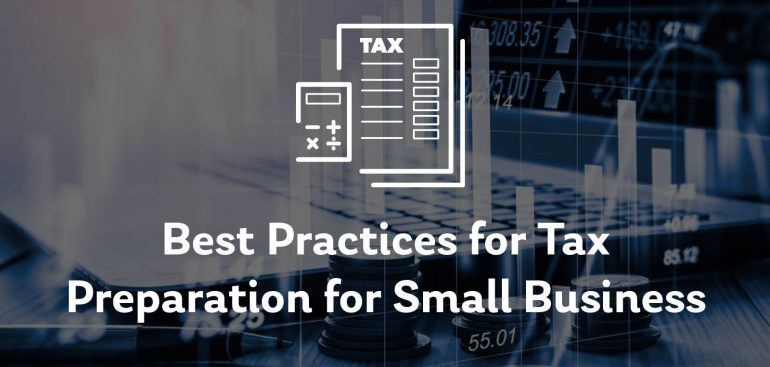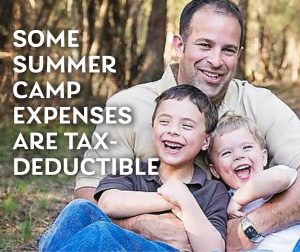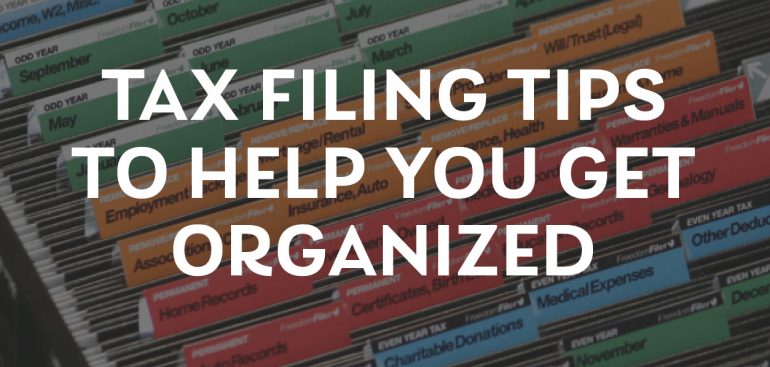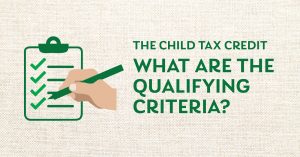Did you know that there are a whopping seven different federal income tax brackets and that each one has its own marginal tax rate?
Determining which tax bracket you are in is dependent on your 2020 taxable income and your filing status, i.e. Single Filer, Married Couples Filing Jointly or Separately, Head-of-Household Filer.
Tax Bracket Table
The table below refers to the 2020 tax brackets:
| Taxable Income in US$ | ||||
| Tax Rate | Single | Married Filing Jointly | Married Filing Separately | Head of Household |
| 10% | Up to $9,875 | Up to $19,750 | Up to $9,875 | Up to $14,100 |
| 12% | 9,876 – 40,125 | 19,751 to 80,250 | 9,876 to 40,125 | 14,101 to 53,700 |
| 22% | 40,126 – 85,525 | 80,251 – 171,050 | 40,126 – 85,525 | 53,701 – 85,500 |
| 24% | 85,526 – 163,300 | 171,051 – 326,600 | 85,526 – 163,300 | 85,501 – 163,300 |
| 32% | 163,301 – 207,350 | 326,601 – 414,700 | 163,301 – 207,350 | 163,301 – 207,350 |
| 35% | 207,351 – 518,400 | 414,701 – 622,050 | 207,351 – 311,02 | 207,351 – 518,400 |
| 37% | Over $518,400 | Over $622,050 | Over $311,025 | Over $518,400 |
It’s Not as Bad as It Seems
Before you calculate the appropriate percentage of your income – take note that it is not a straightforward flat rate, which works in your favor.
For example, a single person with a 2020 taxable income of $100,000 does not pay ($100,000 x 24% =) $24,000. Rather, the taxable income is broken down into the applicable tax brackets that would have applied as your income accumulated:
The first $9,875 of your income is taxed at the 10% rate = $988.
Next you work out the difference between the top figures in the following rates. In this case, $40,125 – $9,875 = $30,250. That amount falls into the 12% rate, totaling ($30,250 x 12% =) $3,630.
Keep going: $85,525 – $40,126 = $45,400. That amount falls into the 22% rate, totaling ($45,400 x 22% =) $9,988. The final step is: the difference between your total income and the bracket maximum, i.e. $100,000 – $85,525 = $14,475. Only that amount will be taxed at the 24% rate = $3,474.
Add up all the tax amounts ($988 + $3,630 + $9,988 + $3,474) and your total due is $18,080. ($5,920 less that a flat rate of $24,000)
If you are still confused about which tax bracket you are in, or for any other tax tips, visit our website or contact the tax experts at Georgen Scarborough today.















 of the calendar year.
of the calendar year.